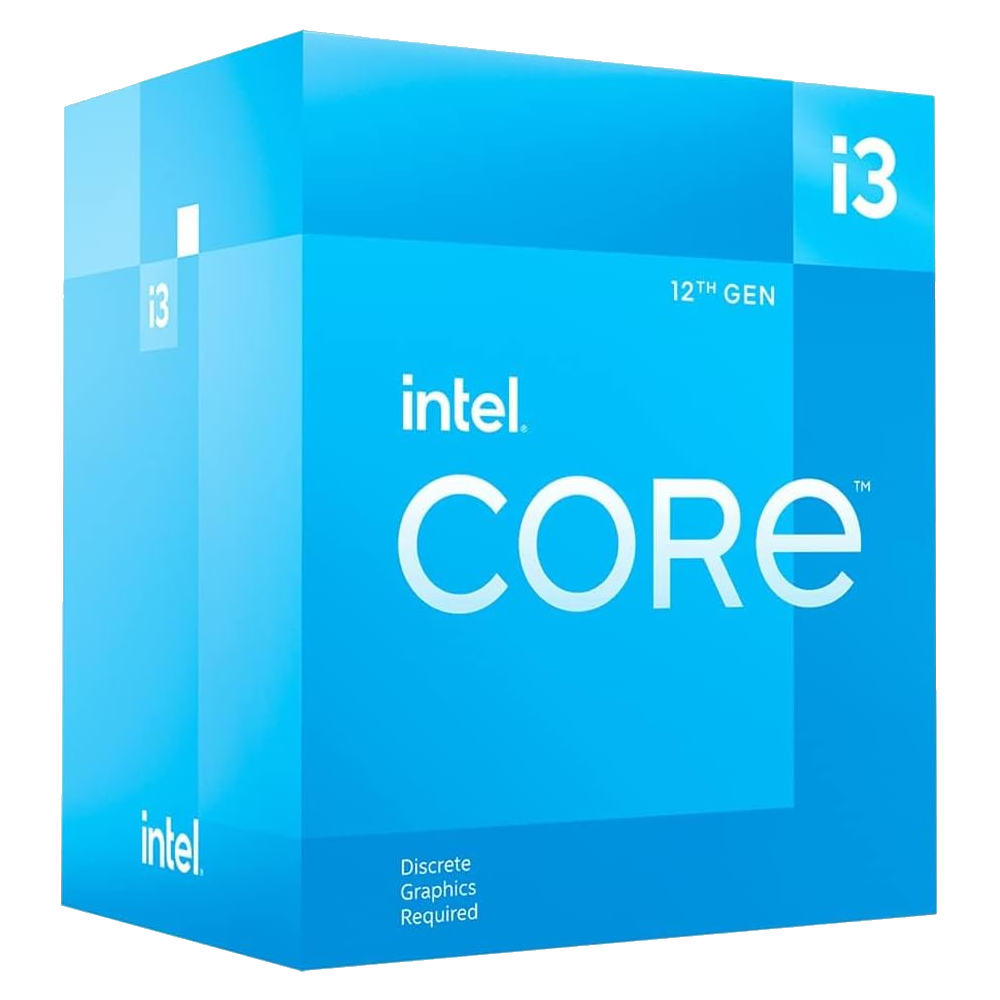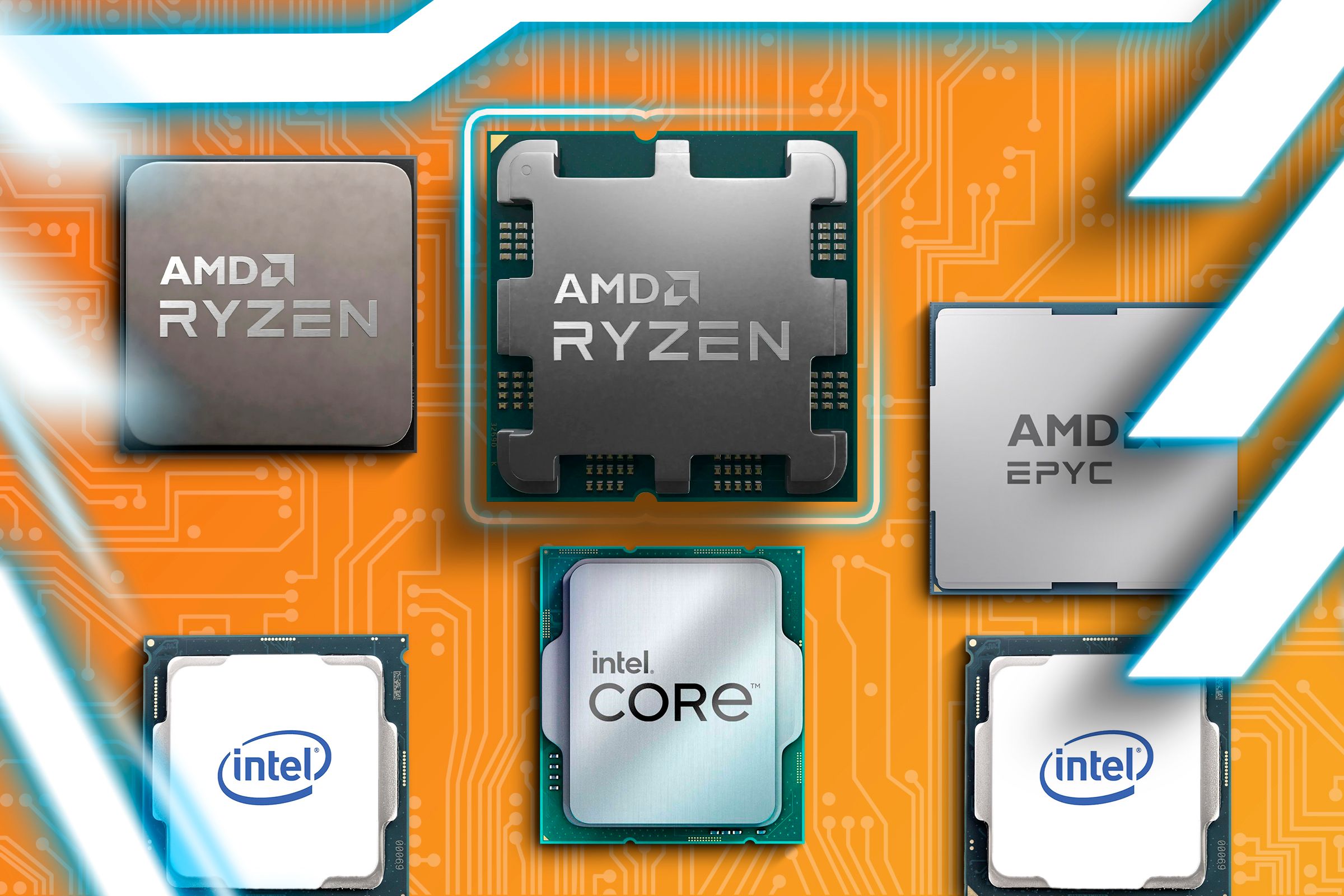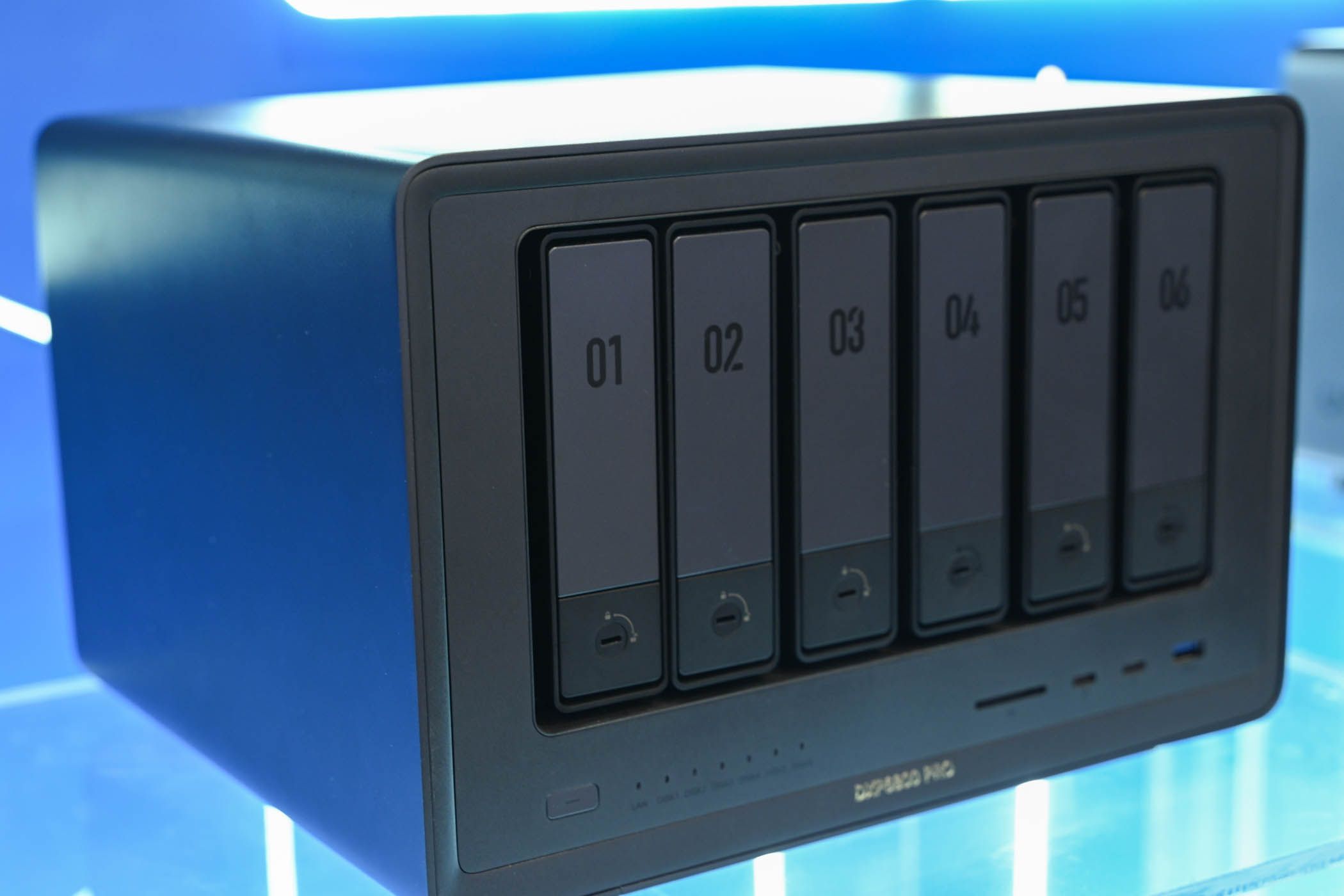So you want to build a NAS (Network-Attached Storage) device but don’t know what CPU to get? If that’s the case, read on and find out how to pick the right CPU for a NAS, depending on whether you’ll use it exclusively as a NAS or as a multipurpose box serving multiple roles.
If You Only Use the PC as a NAS, a Dual-Core CPU Will Get You By
Any newer dual-core CPU will do the trick in the scenario where you’ll only use the machine as a NAS. The issue here is that there aren’t many dual-core CPUs on the market unless you’re ready to buy used.
If you aren’t, an Intel Core i3-12100F that doesn’t include integrated graphics is a solid solution since a NAS can work without a GPU. If you need a GPU, get the Core i3-12100, the variant with an iGPU.

Intel Core I3-12100F
$77 $84 Save
$7
The Intel Core I3-12100F is an amazing CPU for $100 or less. It’s perfect for any home PC and more than a decent choice for an entry-level gaming PC.
That said, having a GPU, even an integrated one, is something I recommend, since a good number of motherboards are not designed for server use and don’t want to boot without one. You might also need a GPU during installation or troubleshooting if something goes wrong. If you decide to run a media server off the machine in the future, a Sandy Bridge or newer Intel chip with an iGPU would be a great choice since those support Intel Quick Sync, a great hardware transcoding solution.
Over on the AMD side, the Ryzen 3 4100 is one of the most affordable Ryzen CPUs on the market beefy enough for any NAS build. Alternatively, you can get a Ryzen 5 3600, which sells for less than $100 new. You can even get the good old Athlon 200GE, a dual-core AMD design with an iGPU.
The used market features a deluge of older Intel Core CPUs, most of which come with integrated graphics. Most older i5 and i7 CPUs, as well as Pentiums and Celerons, would be a great solution for a NAS.
Now, if you need absolute stability, you might want to consider using ECC memory. In this case, you’ll be better off with an AMD CPU since most Ryzen CPUs support ECC RAM. Note that you’ll need uDIMM (unbuffered) ECC memory,and that Ryzen APUs—those with a G at the end of their name, such as the Ryzen 5600G and the 5700G—do not support ECC memory. You’ll also have to find a motherboard with ECC memory support.
Get Something Beefier If You Plan to Use the Machine for More Than Just Storing Data
If your plans are more ambitious and include virtual machines, a Plex server, dedicated gaming servers, lots of docker containers, and more, get at least a quad-core CPU with an iGPU, preferably an Intel CPU with an iGPU that supports Intel Quick Sync. Every Core i5 and i7 SKU, starting with the Sandy Bridge generation, comes with integrated graphics with Quick Sync support, but I’d recommend something more recent here.
Something like a Core i5 4670K, Core i7 4770K, and newer CPUs. People who plan to hammer the machine by running a NAS for multiple users, a bunch of VMs, a ton of docker containers, simultaneous media streams, and other uses should consider getting something better than a quad-core CPU. Perhaps a used Xeon (older Xeons come with Quick Sync iGPUs) or a Core Extreme CPU with six or more cores.
Finding a CPU that can handle NAS duties is simple if you only use the machine strictly as a glorified hard drive. Any newer dual-core CPU will do the trick, especially one with integrated graphics, saving you the headache of troubleshooting during installation or if something goes wrong later. But if you plan to use the PC for other purposes, get something beefier and be sure to use an Intel CPU with integrated graphics with Quick Sync support if media transcoding is in the picture. Or just get a pre-built NAS and save yourself the trouble of building one.





